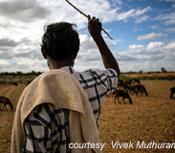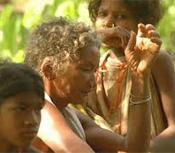Local economic impact of different forms of nature-based tourism
Tourism has been widely used as a component of conservation interventions which are intended to deliver benefits to local people, thereby contributing to development and creating incentives for conservation. However, a large proportion of total tourist revenue can be lost from the local area as leakage. Nature-based tourism is diverse and little is known about how locally retained revenue varies across different forms of tourism; this is information of great importance to policy makers. This article uses data from tourist interviews and local enterprise surveys to measure the total and locally retained spending from different forms of tourism at Bwindi Impenetrable National Park, Uganda. Whilst total spending increased with higher cost forms of tourism and length of stay, retained spending was predicted only by length of stay. High-cost tourism may therefore be no more effective than other forms of tourism as a tool for generating local benefits from conservation.







